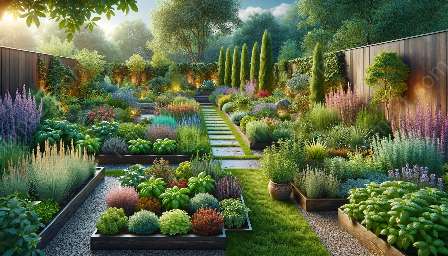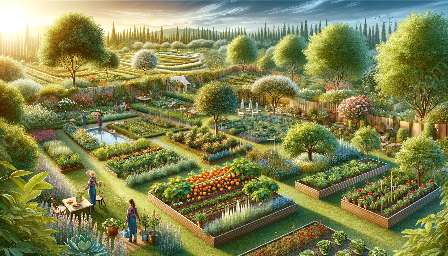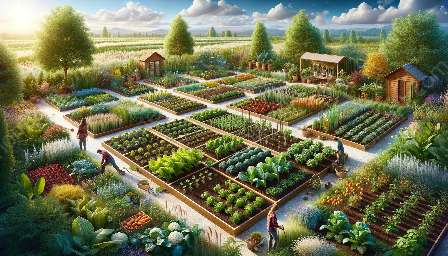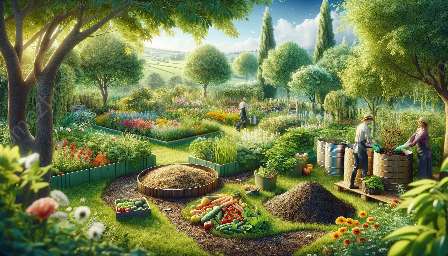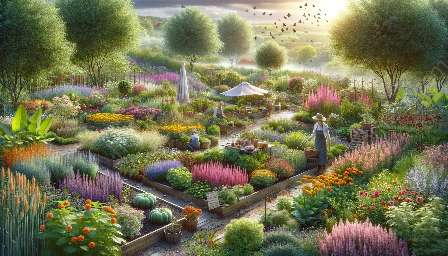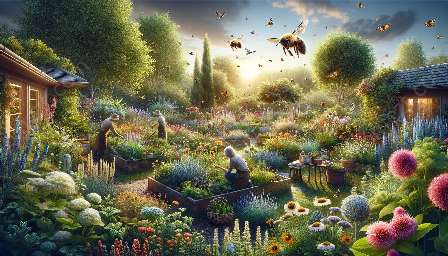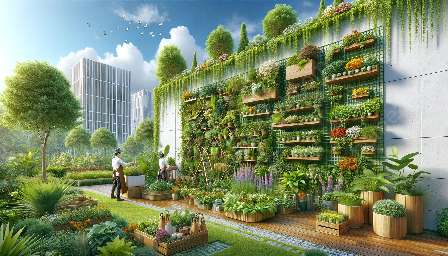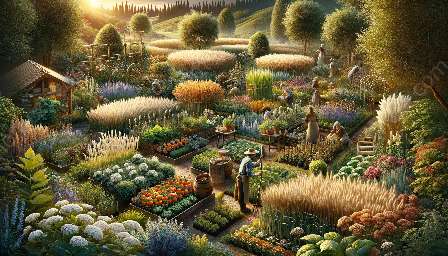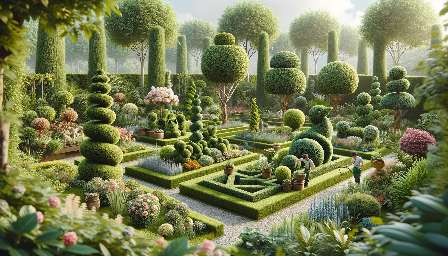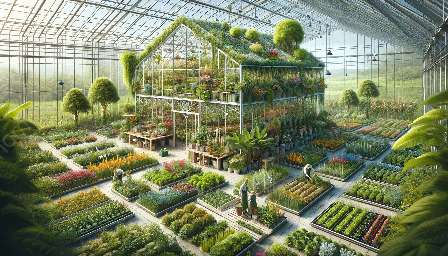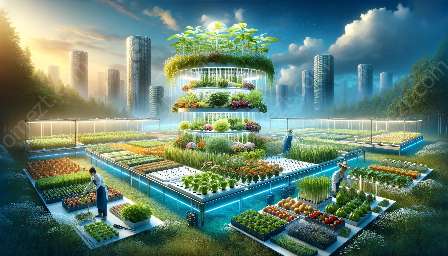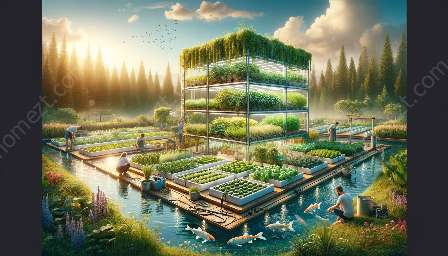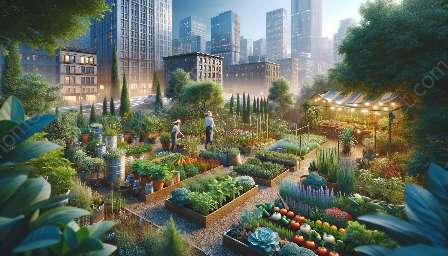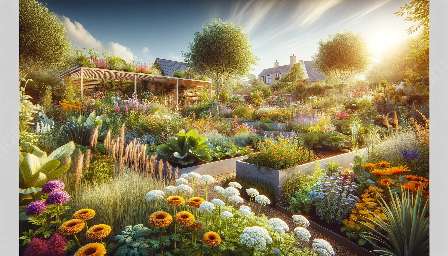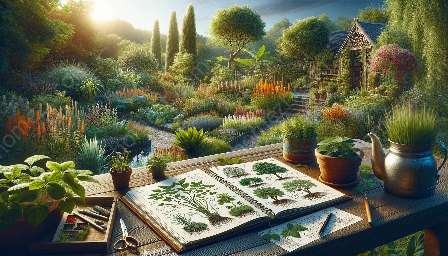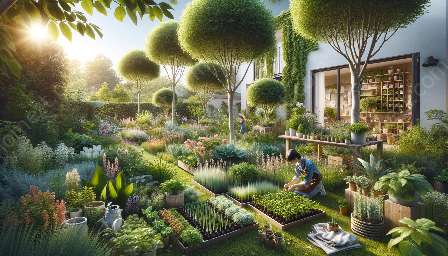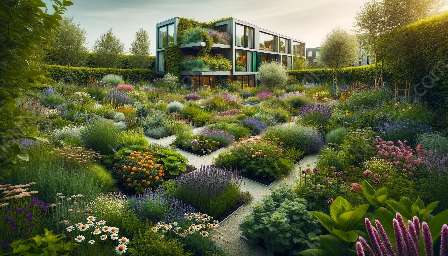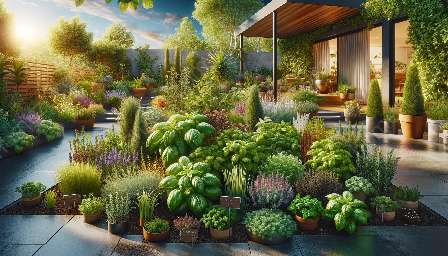Soil composition plays a crucial role in companion planting, gardening, and landscaping. Understanding the various components of soil, their interactions, and how to optimize soil health can lead to successful plant growth and a vibrant garden or landscape. In this comprehensive guide, we will delve into the complexities of soil composition and its relevance to companion planting, providing practical tips for optimizing your garden and achieving stunning landscaping results.
The Components of Soil Composition
Soil is comprised of various components, including minerals, organic matter, water, and air. Understanding the role of each component is essential for creating an environment that supports healthy plant growth. Minerals, such as sand, silt, and clay, form the physical structure of soil. The size and arrangement of these particles affect properties such as drainage, aeration, and nutrient availability. Organic matter, derived from decomposed plant and animal materials, contributes to soil fertility and structure. It enhances water retention, creates pore spaces for air and root growth, and provides a source of nutrients for plants. Water is vital for transporting nutrients to plant roots and maintaining turgor pressure within plant cells. Air in the soil is essential for root respiration and microbial activity.
Improving Soil Health
Optimizing soil health is critical for successful gardening and landscaping. Incorporating organic matter, such as compost and mulch, enhances soil fertility and structure. Compost provides a rich source of nutrients and beneficial microorganisms, while mulch helps retain moisture, suppress weeds, and protect the soil from erosion. Additionally, practicing proper irrigation and drainage management can prevent waterlogged or compacted soil, promoting aeration and healthy root development. Soil testing is also valuable for understanding nutrient levels and pH, allowing for targeted amendments to enhance soil fertility.
Companion Planting and Soil Composition
Companion planting involves cultivating different plant species in close proximity to achieve mutual benefits. Understanding soil composition is crucial for successful companion planting, as it influences the suitability of plants to coexist and support each other's growth. Certain plant combinations work harmoniously due to their ability to improve soil structure, release specific nutrients, repel pests, or attract beneficial insects. For example, legumes can enrich the soil with nitrogen through symbiotic relationships with nitrogen-fixing bacteria, benefiting neighboring plants. Intercropping strategies exploit the diverse root systems of companion plants, optimizing soil utilization and nutrient acquisition.
Best Plants for Different Soil Types
Recognizing the soil preferences of different plant species is essential for effective companion planting and gardening. Some plants thrive in well-drained sandy soils, while others prefer the moisture retention of loamy soils. Understanding the soil composition of your garden or landscape allows you to select the most suitable plants for optimal growth. For instance, plants with shallow roots are ideal for arid, rocky soils, while deep-rooted species thrive in fertile, well-drained soils. By matching plant preferences to soil types, you can create harmonious plant communities that support each other's growth and minimize competition for resources.
Conclusion
Soil composition is intricately linked to successful companion planting, gardening, and landscaping. By understanding the components of soil, improving soil health, and selecting the right plants for your soil type, you can create a thriving garden or landscape with optimal plant growth and biodiversity. Experimenting with different plant combinations and observing their interactions within the soil can lead to a deeper appreciation of the natural processes at play in your garden. Embracing the dynamic relationship between soil composition and plant growth opens up endless possibilities for creating beautiful, sustainable landscapes that reflect the wonders of nature.


